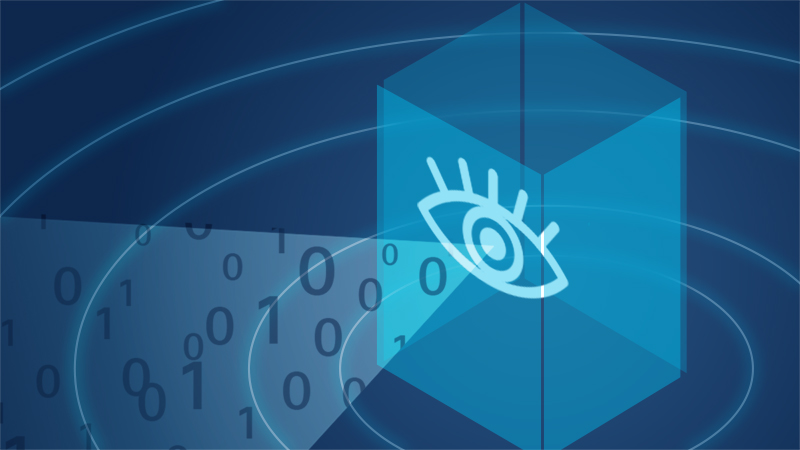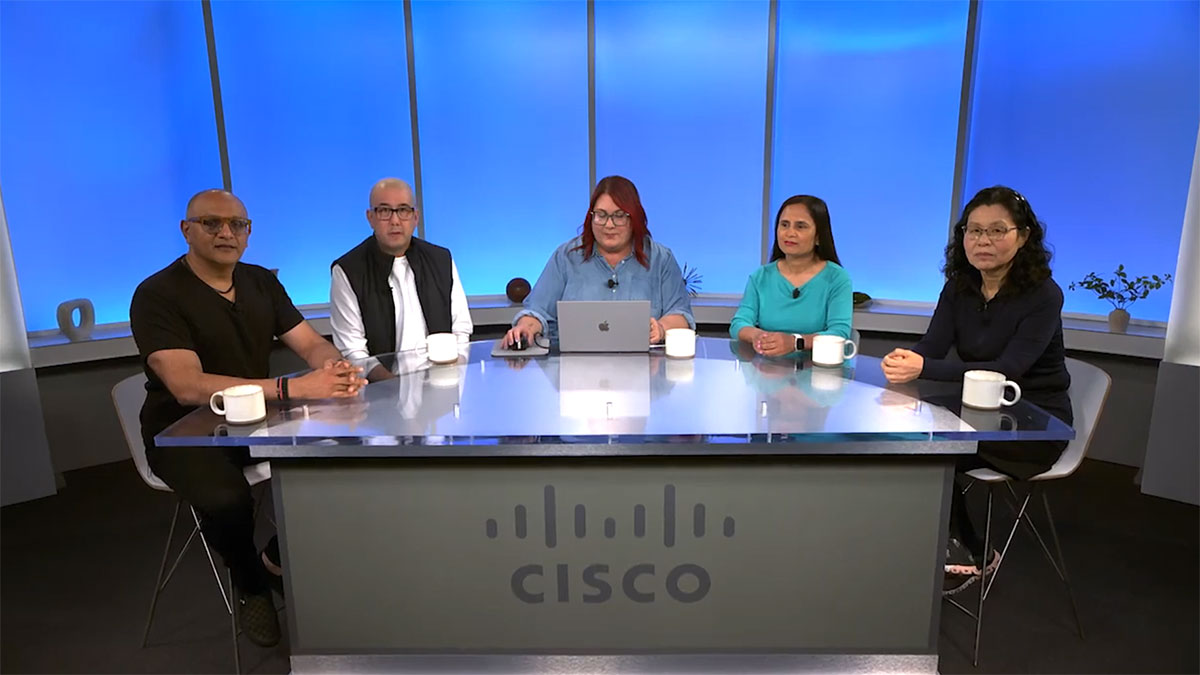Today’s business and IT realities demand a digital-first model. That’s why more and more of our customers are accelerating towards remote-work infrastructures, cloud-first solutions, and workloads that are closer to users and devices.
In this modern architecture, where cloud-based applications and services have become the de facto method of how services are delivered and consumed, end-to-end visibility into the supply chain that impacts the digital experience has become mission critical.
ThousandEyes’ technology is all about expanding visibility, and that’s the power we’re putting in the hands of our customers.
That’s why Cisco acquired ThousandEyes. The cloud and Internet intelligence technology that ThousandEyes delivers provides unprecedented visibility from user to application, SaaS and cloud-based services that are so critical to business but lie outside enterprises’ direct control.
The good news is that by combining ThousandEyes’ solutions with Cisco’s global networking expertise and ground-breaking automation products, we can scale these capabilities to reach a vast user base. Together with other Cisco services like AppDynamics and Meraki, IT will be empowered as never before.
As organizations gain agility, IT has lost visibility
While the cloud is an essential enabler of agility and scale, the third-party performance that IT teams now rely on as they transition to as-a-service solutions causes them to lose that critical ability to visualize, predict, and control operational behavior. The result is often a chaotic and unmanageable IT environment that makes issue resolution a time-consuming ordeal that can potentially have a massive impact on customer experience, brand reputation, and revenue.
ThousandEyes’ technology is all about expanding that visibility, and that’s the power we’re putting in the hands of our customers. Legacy monitoring systems simply cannot see past an organization’s four walls, but ThousandEyes’ technology combines network and application synthetic monitoring, end user experience monitoring, BGP route feeds, and Internet and cloud outage detection to track performance data and quickly get to the root cause of downtime.
See also: Technology to power an inclusive recovery
Cloud and Internet networks have truly become an extension of today’s enterprise networks, and while IT teams may not own the underlying infrastructure, they’re still responsible for any issues that impact the digital delivery of applications and services to customers and employees.
Internet intelligence technology is the path forward
As the pandemic has shown, digital agility is everything. And that trend will only continue. Cloud-based apps and as-a-service solutions enable more and more organizations to scale fast and adapt to sudden challenges, as well as opportunities.
See also: Cloud complications, and how to fix them
To me, it’s all about empowerment. Cloud provides organizations with exciting new ways to serve their customers, students, or citizens. But the more they depend on those services, the more they need to address the additional complexity they bring and prevent downtime. The combination of Cisco and ThousandEyes will enable deeper and broader visibility to minimize deficiencies and optimize performance -- across all networks and applications.
Communication and technology are both key to enabling inclusive recovery. And that’s our direction at Cisco. We want to bring the most powerful solutions to the most people in even the most underserved places. ThousandEyes will be a big part of that. By offering deep internet visibility to just about any organization that needs it, we can ensure that all the advantages of the cloud remain effective and uninterrupted for all.
###
We welcome the re-use, republication, and distribution of "The Network" content. Please credit us with the following information: Used with the permission of http://thenetwork.cisco.com/.



